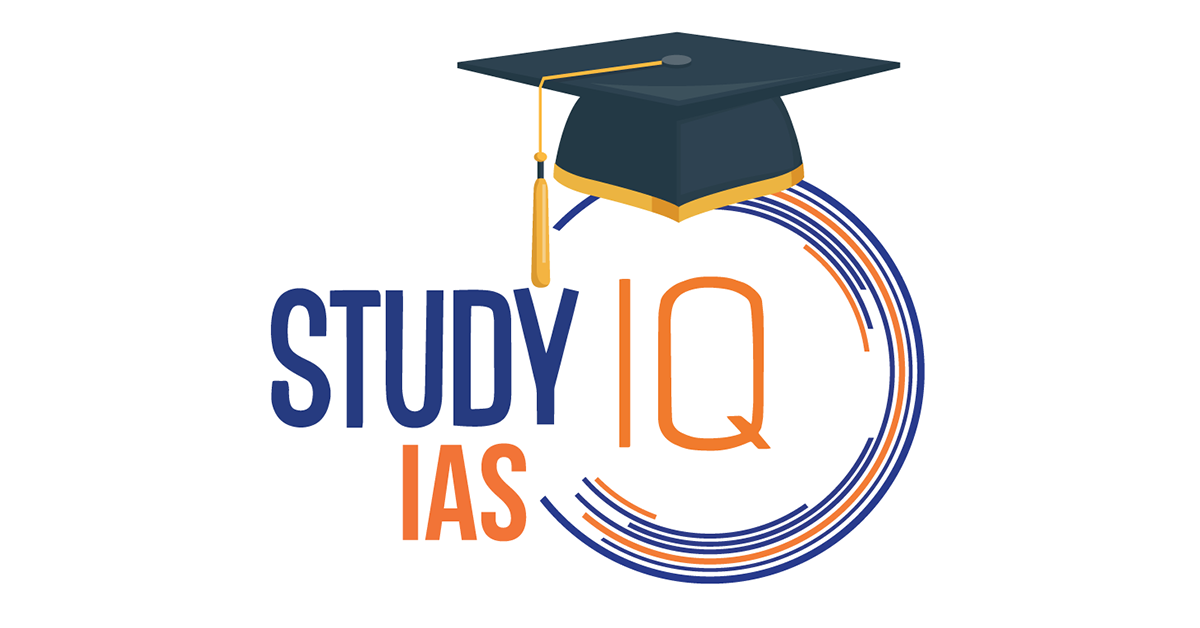| Concern |
Argument |
Counterpoint |
| Potential Increase in Illicit Trade |
Higher taxes may drive consumers to purchase cheaper, unregulated products. |
Evidence shows tax hikes have minimal impact on illicit trade; governance and regulation matter more. |
| Impact on Low-Income Consumers |
Higher taxes disproportionately burden low-income groups consuming beedis/tobacco. |
Reducing consumption improves long-term health and lowers medical expenses. |
| Industry Over-Shift of Tax Burden |
Industry may pass on higher-than-required price hikes to increase profits. |
- Effective monitoring and regulation can prevent excess profit-making.
- E.g., India should consider raising excise taxes alongside the GST revision for a stronger and more comprehensive taxation framework.
|
| Impact on Farmers and Small-Scale Producers |
Tobacco farmers and beedi producers may suffer due to lower demand. |
Diversification programs and alternative livelihoods can mitigate this impact. |
| Revenue Stability |
Declining consumption may reduce overall tax revenues in the long run. |
Initial revenue increases can be reinvested in health and development programs. |
| Economic Impact on Beverage Industry |
Declining sales may affect jobs and investments in the beverage industry. |
Health benefits outweigh short-term economic concerns; industry can offer healthier alternatives. |
| Administrative Challenges |
Enforcing higher taxes may be difficult, especially in rural areas. |
Strengthening enforcement and regulation can address these challenges effectively. |
| Consumer Resistance and Public Backlash |
Consumers may resist sudden price hikes, viewing them as punitive. |
Public awareness campaigns can build support by highlighting health benefits. |


 World Veterinary Day 2025: Theme, Histor...
World Veterinary Day 2025: Theme, Histor...
 Pahalgam Terror Attack: All Eyes on Paha...
Pahalgam Terror Attack: All Eyes on Paha...
 Serious Fraud Investigation Office (SFIO...
Serious Fraud Investigation Office (SFIO...





















